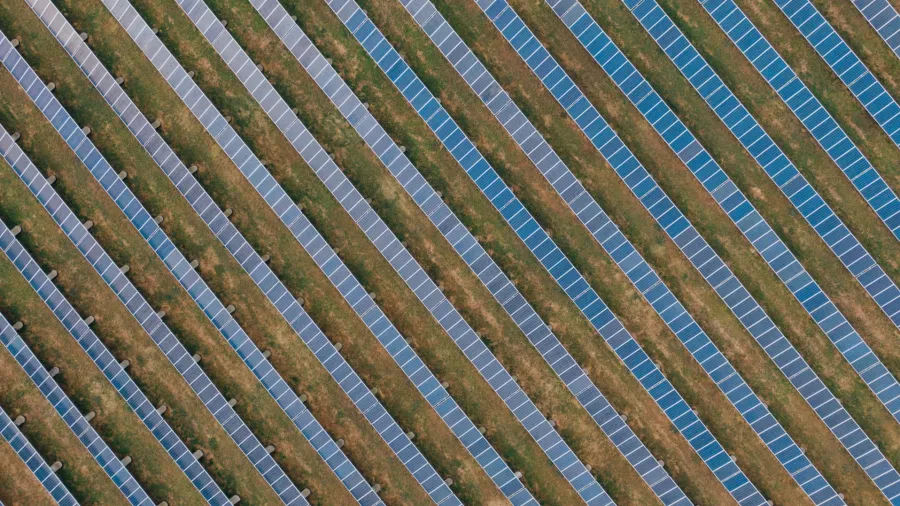
Round-the-clock tenders likely to fill India’s firm RE need
Demand for uninterrupted RE is anticipated after India's COP26 pledge.
Round-the-clock (RTC) renewable energy tenders could respond to the growing demand for the firm and uninterrupted renewable power from electricity distribution companies (discoms), a report found.
RTC power can be provided by blending renewable energy with either conventional thermal power sources or energy storage systems, according to the Institute for Energy Economics and Financial Analysis (IEEFA) and the JMK Research.
“There is increasing emphasis on firming of variable renewable energy-integrated power,” Jyoti Gulia, lead author of the report and founder, JMK Research, said.
“This will be even more the case now that India has pledged at COP26 to install 500 gigawatts of non-fossil fuel capacity and to meet 50% of energy requirements from renewables by 2030.
Gulia also said discoms now have a new set of tenders, which have minimum annual capacity utilisation factor requirements of 80% and 85%.

The report also noted out of the possible mixes of generation sources and technologies, a blend of renewable and thermal may be best to meet the assured power supply conditions in the RTC tenders of the Solar Energy Corporation of India in the short term.
“Growth in new thermal power capacity is neither viable nor sustainable,” IEEFA Energy Economist Vibhuti Garg said.
“The thermal power sector in India is already grappling with numerous stranded coal-based assets and an increasing amount of coal capacity that is being left idle.
She noted that bundling renewable energy with electricity generated in coal-based plants is one way to make use of some of this idle capacity.
In the long run, the report added that the battery energy storage systems will likely become a more viable option to provide a non-intermittent as the cost of battery storage declines steeply.
“To make round-the-clock a reality in India,” Gulia said.
“The renewable energy industry needs to work alongside policymakers, investors and other stakeholders to provide cost-effective power procurement models that target grid imbalancing, along with improvement of capacity utilisation and reliability of power infrastructure.”








![Cross Domain [Manu + SBR + ABF + ABR + FMCG + HBR + ]](https://cmg-qa.s3.ap-southeast-1.amazonaws.com/s3fs-public/styles/exclusive_featured_article/public/2025-01/earth-3537401_1920_4.jpg.webp?itok=WaRpTJwE)
![Cross Domain [SBR + ABR]](https://cmg-qa.s3.ap-southeast-1.amazonaws.com/s3fs-public/styles/exclusive_featured_article/public/2025-01/pexels-jahoo-867092-2_1.jpg.webp?itok=o7MUL1oO)









 Advertise
Advertise


